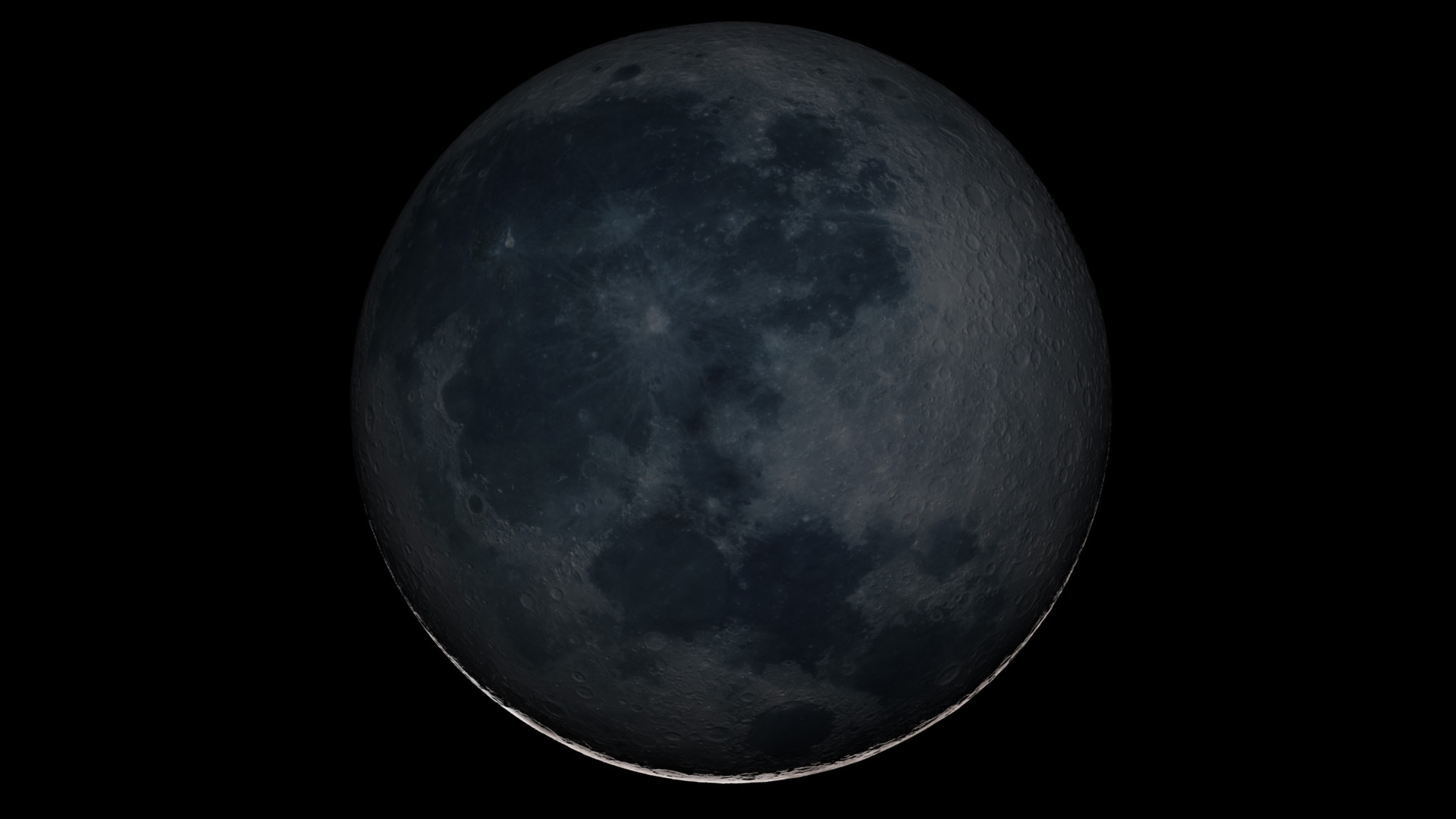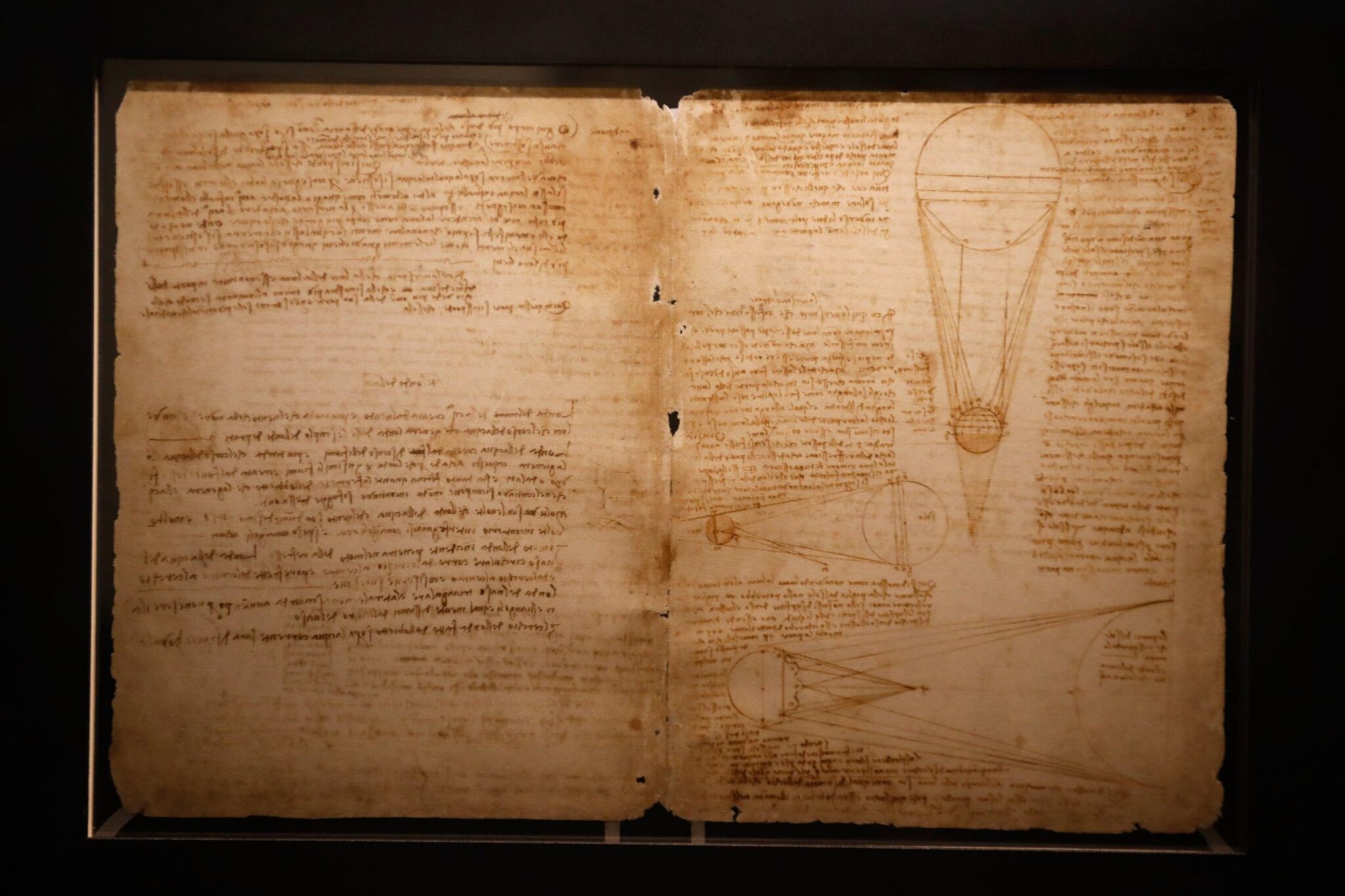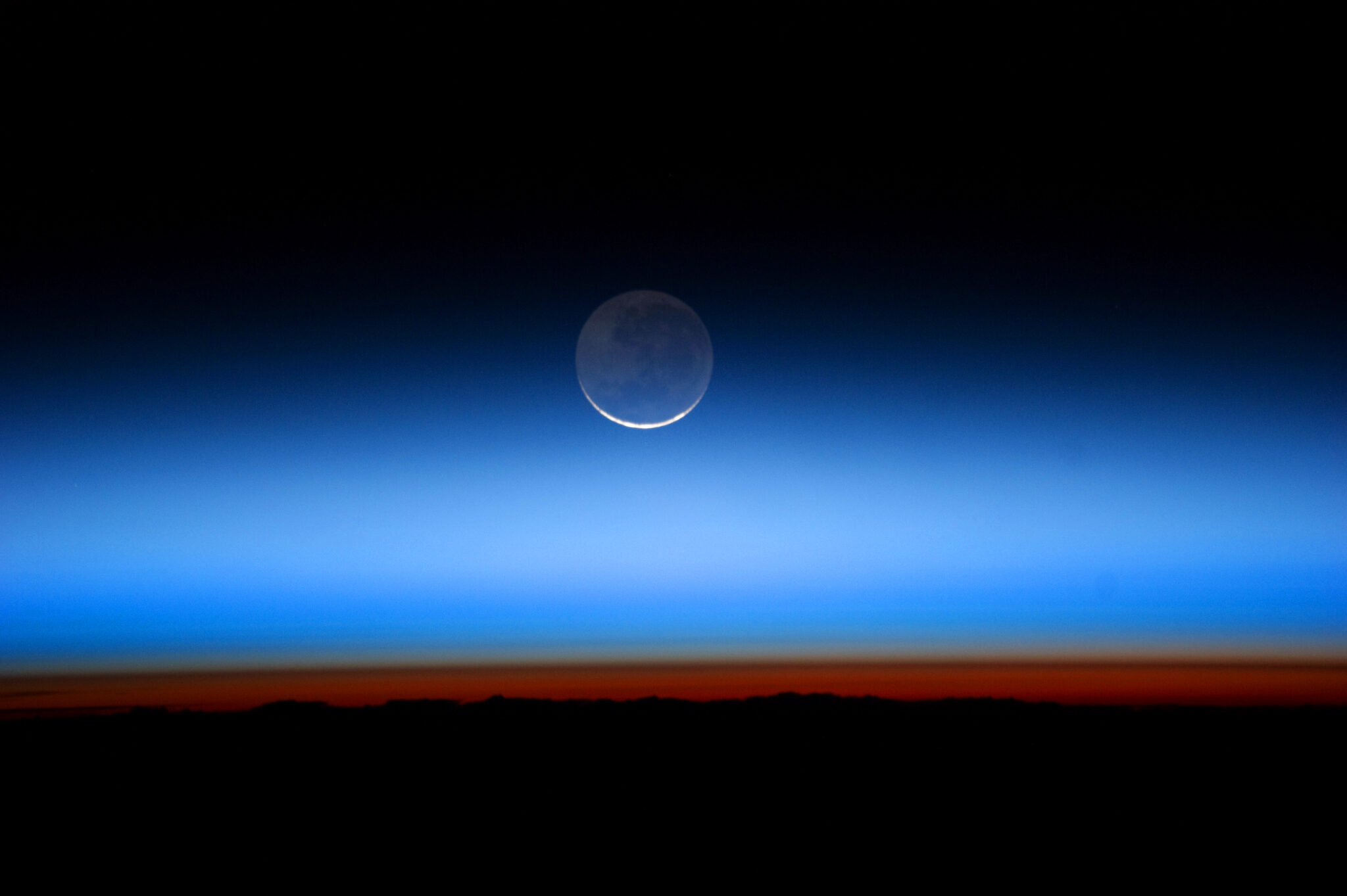The phenomenon called “Da Vinci glow” can be observed on the dark edges of the Moon for several days in a row this week starting from May 21. The subtle light — also known as “Earthshine” – is sunlight reflected first from the Earth to the lunar surface, and then again enters the viewer’s eyes. As a result, we see the effect in the form of a faint ghostly glow on the shaded part of the Moon facing the Earth.

You can see the Da Vinci glow, which is also sometimes called the “ashen glow”, only when the thin crescent Moon will be visible close to the horizon during the last few days and the first few days of the Moon’s orbit around the Earth, which will happen this week.
The Da Vinci glow is named after the Italian scientist Leonardo da Vinci; in the XV century, he described this phenomenon as a result of the reflection of sunlight from the earth’s oceans, illuminating the dark surface of the Moon. However, in fact, the root causes of the Da Vinci glow are clouds and sea ice, explains NASA.

How to observe the Da Vinci glow
On Friday, May 19, a new moon will take place – it will not be visible, because it will be located approximately between the Earth and the Sun, so it is lost in its glare. Therefore, the best days to observe the aurora will be immediately after sunset on Sunday, May 21. On this day in Kyiv, the Sun will set at 08:47 p.m. GMT+3. After that, you need to look for the Moon in the western part of the sky. The bright crescent will make up less than 5% of the lunar disk, the rest of the surface will be poorly illuminated, which will create a glow effect.

It will be possible to continue observations next week on Monday, May 22 and Tuesday, May 23. Da Vinci glow will be best seen either with the naked eye, or with any binoculars for stargazing, or a good small telescope.
However, this phenomenon may soon be under threat. As the oceans warm and the number of low clouds over the eastern Pacific Ocean decreases, which, in turn, causes a slight decrease in the reflectivity of the Earth and, consequently, the intensity of the Da Vinci glow, scientists from the Big Bear Solar Observatory in California report.
Earlier we reported on the main astronomical events of May 2023.
According to Live Science
Follow us on Twitter to get the most interesting space news in time
https://twitter.com/ust_magazine

